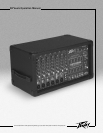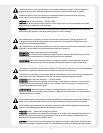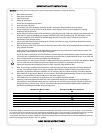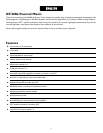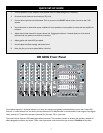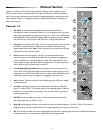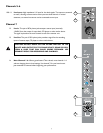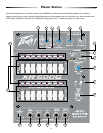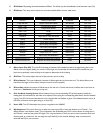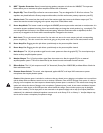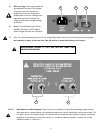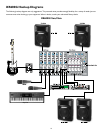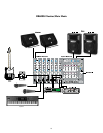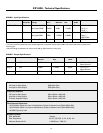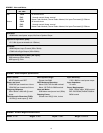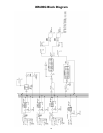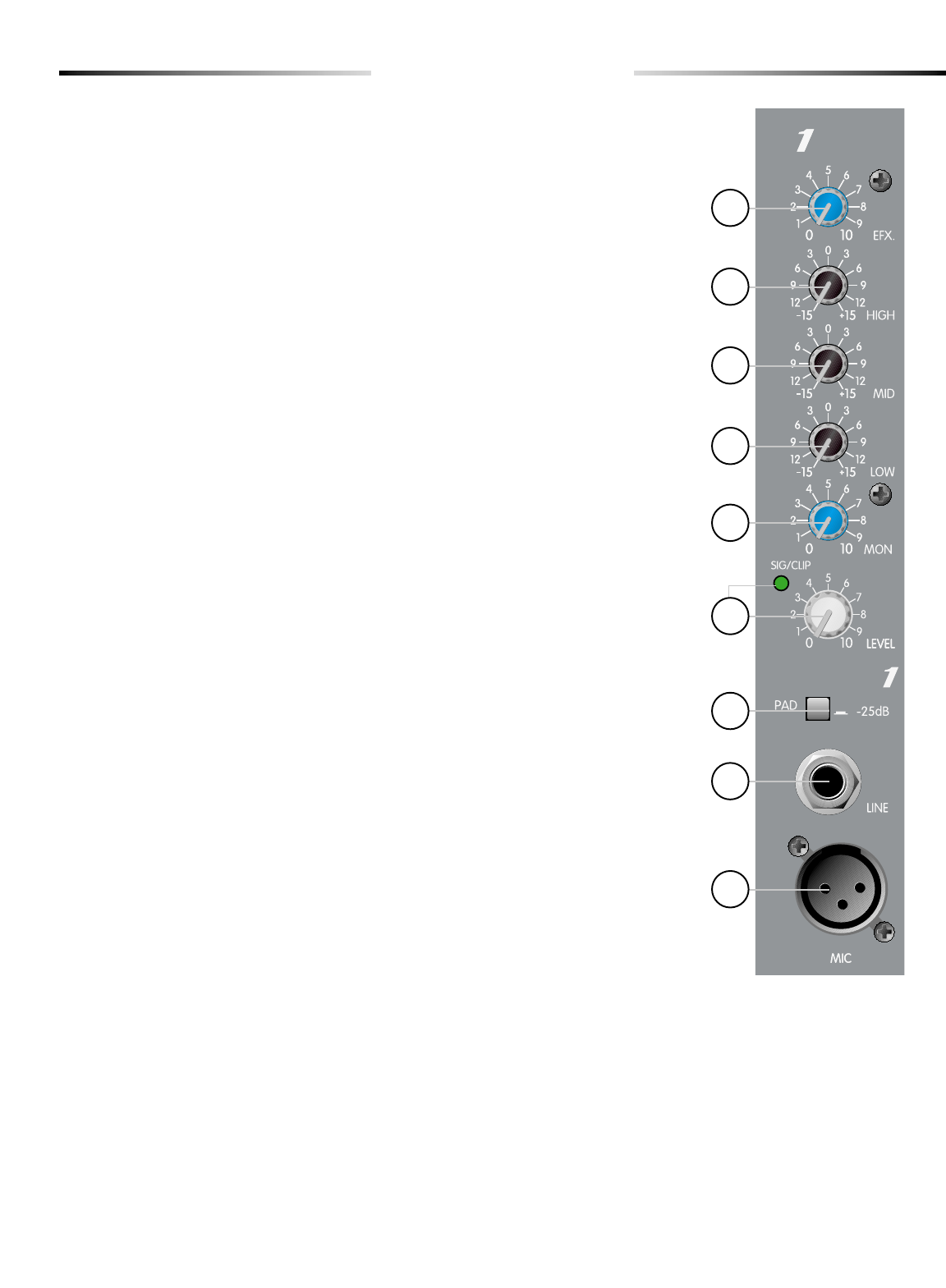
6
Channel Section
Channels 1–4 feature all of the same great controls. Channels 5 and 6 include all of the
features of the first four channels except the -25 dB pad. These two channels also feature
dual 1/4" input jacks (summed to mono); perfect for digital keyboards or other devices with
stereo outputs. Channel 7 is designed primarily for tape players/recorders‚ CD players or
other similar devices.
Channels 1–4
1. Mic Input: XLR balanced‚ low-impedance channel input optimized for a
microphone or other low-impedance source. Pin 2 is the positive input. Due to the
wide range of gain adjustment‚ signal levels as high as +10 dBV (2.45 V RMS) can be
accommodated with the pad switch engaged. When the phantom power is enabled‚
this connector has +48 V on pins 2 and 3 with pin 1 as the ground reference.
2. Line Input: 1/4" balanced TRS inputs. The tip is the positive input which may also
be used for unbalanced inputs. A pad switch is provided to attenuate strong
signals present at this input. Note: The Mic input and the Line input cannot be used
simultaneously within the same channel.
3. Pad: Attenuates the input signal by -25 dB. If you notice distortion from a
particular channel or if the channel becomes loud very quickly‚ try engaging this
switch. In addition to increasing the dynamic range‚ the channel input can now
accommodate a higher input level before clipping occurs. This may be necessary
when close-mic’ing a loud guitar amp or drum kit.
4. Level & Signal/Clipping Indicator: Sets the signal level sent to the main mix.
The bi-color LED is green when signal is present and red when clipping occurs. If
clipping occurs‚ turn the channel Level control (4) down. If the channel clips when
turning the Level control up only slightly‚ try engaging the Pad switch (3).
5. Mon (monitor): Controls the level of each channel signal (pre-EQ) that is added
to the monitor mix.
6. Low EQ: A shelving type of active tone control that varies the bass frequency
levels (±15 dB at 70 Hz). This will add depth to thin-sounding signals or clean up
muddy ones. As with any EQ‚ use sparingly. Too much of this EQ can give you a
booming bottom end.
7. Mid EQ: A band pass (peak/notch) type of active tone control that varies the
mid-range frequencies (±15 dB at 1 kHz).
9
8
7
6
5
3
2
1
8. High EQ: A shelving type of active tone control that varies the treble frequency (±15 dB at 12 kHz). This control is
designed to remove noise or add brilliance to the signal depending on the quality of the source.
9. Efx: This control varies the level into the digital effects processor bus‚ adjusting signal level from the individual channel to
the digital processor. It is post gain and will be affected by the gain control.
4



